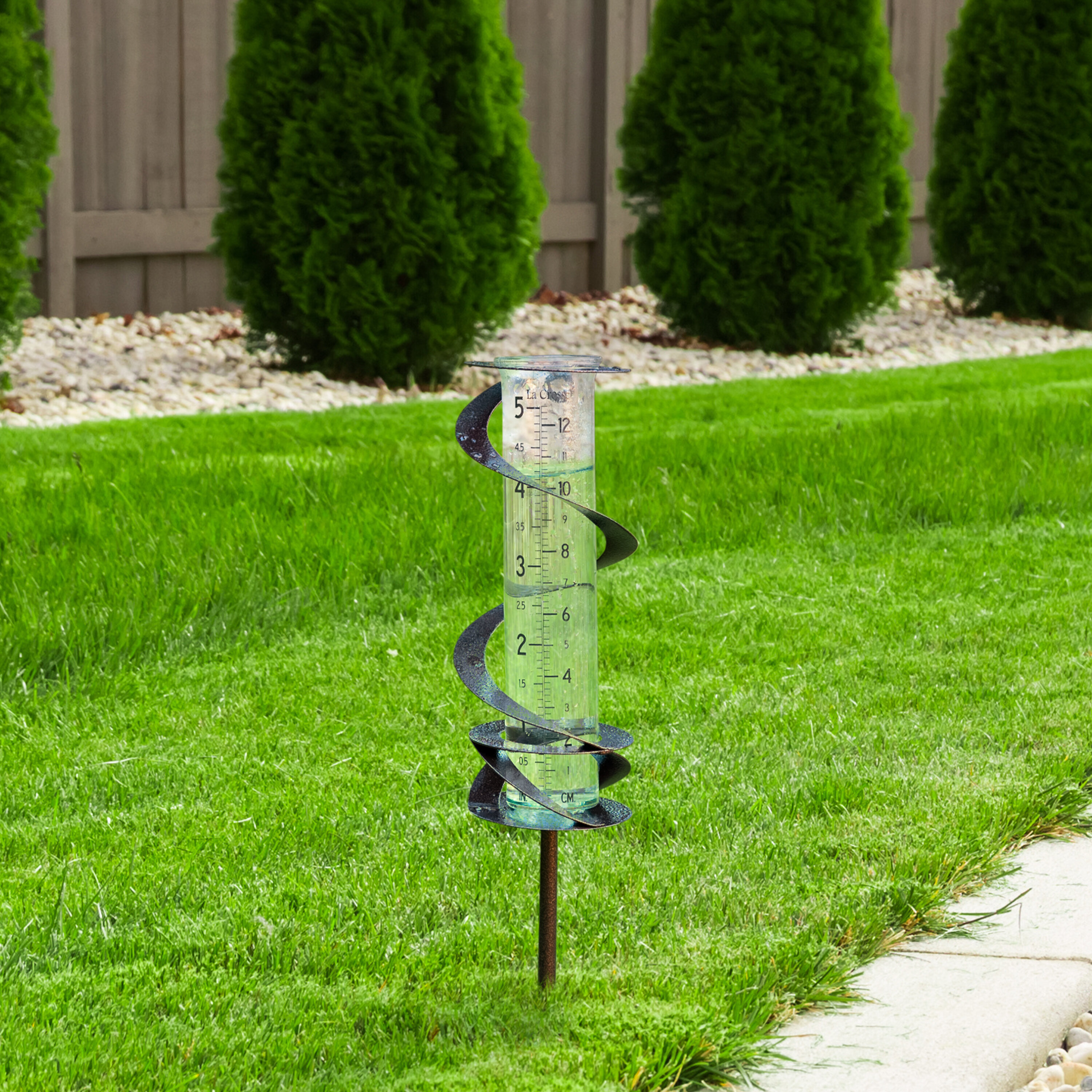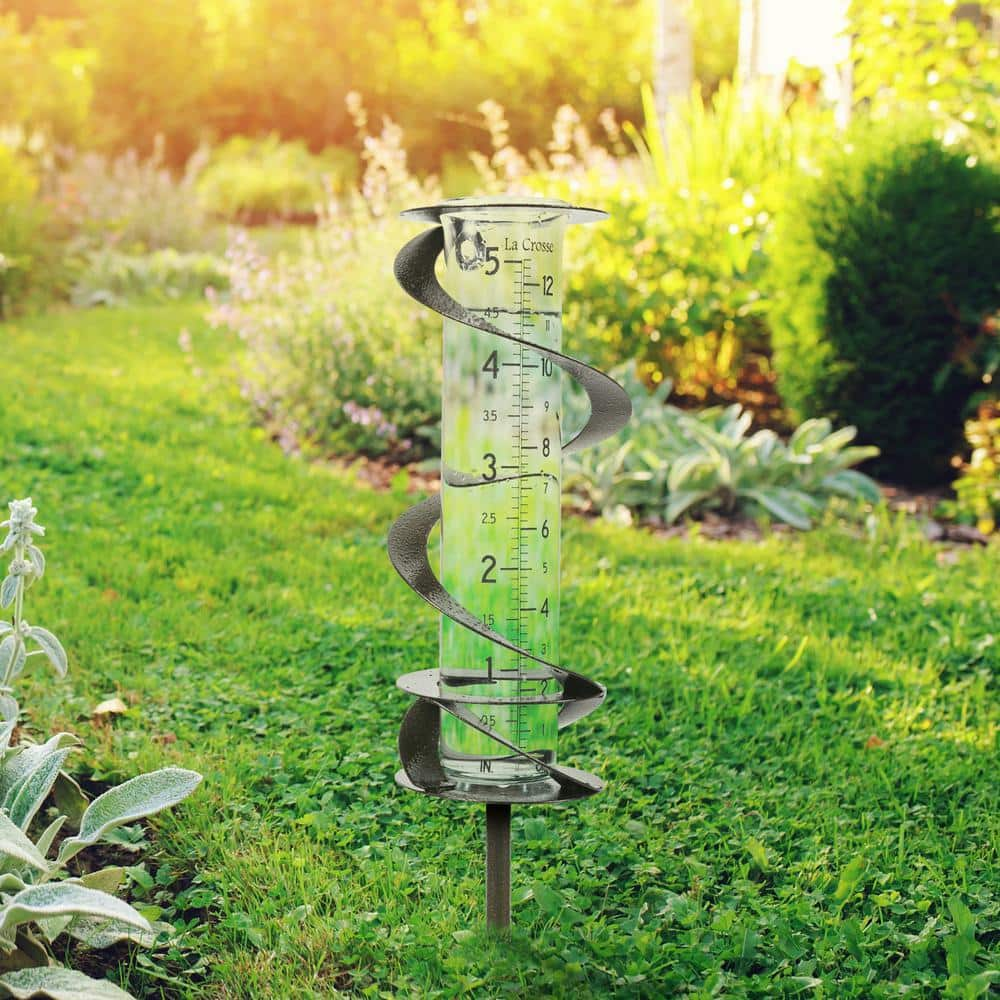The Rain Gauge: Crucial Information and Best Practices for Weather Condition Lovers
The Rain Gauge: Crucial Information and Best Practices for Weather Condition Lovers
Blog Article
How to Choose the Right Rainfall Gauge for Accurate Rain Data
To obtain trustworthy measurements, it is necessary to pick the ideal rain scale. Taking into consideration elements such as area, kind, and precision of the rainfall scale will help ensure exact data collection. Furthermore, understanding the upkeep and calibration treatments will certainly contribute to the long life and integrity of your rain scale.
Importance of Choosing the Right Rainfall Gauge
The importance of choosing the right rainfall gauge lies in getting trusted and precise rains information for accurate atmospheric evaluation. Rainfall data is essential for a variety of applications, consisting of climate projecting, hydrological modeling, and climate study. Imprecise or unstable data can cause wrong final thoughts and flawed decision-making processes.

Second of all, the precision and precision of the rainfall gauge are critical. The scale ought to be able to measure rainfall with high precision, capturing even small quantities of rainfall precisely.
Moreover, the area and installation of the rain gauge are vital considerations. It should be placed in an open area, away from obstructions that could influence rains dimensions. The scale should be placed at an ideal height and angle to prevent splashing and make sure appropriate catchment of rain.
Variables to Consider When Choosing a Rain Gauge
When choosing a rain gauge, there are a number of vital variables to think about. There are various types available, consisting of typical rain gauges, tipping bucket rain assesses, and weighing rain assesses.
Another factor to take into consideration is the product of the rain gauge. Rain gauges can be constructed from various materials, such as glass, metal, or plastic. The product chosen must be long lasting and immune to weather problems, making sure that the rainfall gauge will withstand the elements and provide accurate measurements with time.
Precision is also a critical factor to think about. Try to find rain gauges that have actually been calibrated and tested for accuracy. Functions such as anti-splash rings and funnels can also enhance the precision of the dimensions.

Last but not least, think about the climate and setting in which the rain scale will be used. Various rain determines are suitable for different environments, so it is very important to select one that is appropriate for the conditions in your area.
Different Kinds of Rainfall Assesses Offered
To further check out the aspects to take into consideration when choosing a rain gauge, it is very important to recognize the different sorts of rainfall evaluates offered. There are a number of kinds of rainfall assesses, each with its very own advantages and negative aspects. The most usual type is the typical rain scale, additionally called the round rain gauge. This type is composed of a straight-sided round container with a funnel-shaped top. It is basic to use and supplies precise measurements of rains.
An additional kind of rainfall gauge is the tipping bucket rain scale. As the rain drops right into the gauge, it fills up one side of the bucket, triggering it to tip and clear the water.
A third sort of rain scale is the considering rain gauge. This gauge utilizes an equilibrium system to determine the weight of the collected rains. As the rainfall falls right into the scale, it is accumulated in a container linked to a balance. The weight of the water is gauged, and the rains amount is determined based upon the weight. Weighing rainfall evaluates are highly accurate yet can be much more pricey and need regular upkeep.
Ultimately, there are likewise remote rainfall evaluates that usage progressed technology to measure rainfall (The Rain Gauge). These gauges use sensing units and transmitters to send data wirelessly to a main unit. Remote rain assesses are practical for keeping an eye on rainfall in hard-to-reach areas or for massive information collection
Just How to Figure out the Accuracy of a Rainfall Gauge
One means to analyze the accuracy of a rain scale is by conducting regular calibration measurements. Calibration includes comparing the readings of a rainfall scale to a conventional measurement, such as a qualified rain gauge or a weather condition terminal with high accuracy. By contrasting the dimensions, any kind of disparities or errors in the rain scale can be identified and made up.
To conduct a calibration dimension, beginning by gathering rainfall information from both the rain gauge and the basic dimension gadget over a particular time period, such as a month. After that, contrast the analyses and calculate the distinction between them. This distinction is understood as you can look here the calibration error.
It is essential to keep in mind that calibration dimensions need to be executed frequently, as ecological elements, such as wind, debris, and temperature level, can affect the accuracy of the rainfall scale in time. By performing routine calibrations, any type of adjustments in the precision of the rainfall scale can be spotted and changes can be made as necessary.
Along with calibration, it is additionally recommended to tidy and preserve the rainfall gauge regularly to ensure its precision. Remove any type of particles or blockages that may influence the precision of the measurements, and look for any indications of damage or wear that might call for repair services or replacement.
Tips for Maintaining and Calibrating Your Rain Gauge
Regular maintenance and calibration are critical for making sure the accuracy and dependability of your rainfall scale in gauging rains information (The Rain Gauge). By complying with a couple of simple suggestions, you can guarantee that your rainfall scale is effectively maintained and adjusted
First of all, it is necessary to clean your rainfall scale consistently to avoid any type of debris or dust from blocking the rainfall collection device. Utilize a mild detergent and a soft brush to delicately cleanse the within and beyond the scale. Rinse it extensively with clean water and permit it to dry totally before reinstalling it.
Secondly, it is recommended to adjust your rainfall scale at least annually. Calibration includes comparing the measurements of your rainfall scale with those of a trusted and accurate referral scale. This will certainly assist you determine and correct any kind of prospective errors in your rain gauge's measurements.
To adjust your rain scale, accumulate a recognized volume of water using a measuring container and contrast her comment is here it with the measurements recorded by your rainfall scale. Adjust the analyses accordingly to guarantee precision.

Conclusion
In final thought, selecting the best rain scale is critical for acquiring precise rainfall data. Aspects such as location, spending plan, and function should be thought about when selecting a rain scale.
There go to website are various types available, consisting of typical rainfall gauges, tipping bucket rainfall gauges, and evaluating rain assesses.To additionally check out the factors to think about when selecting a rainfall scale, it is crucial to understand the different types of rainfall assesses available. The most typical kind is the typical rainfall gauge, additionally understood as the round rainfall gauge.Another type of rain scale is the tipping pail rain scale. Calibration involves comparing the readings of a rainfall scale to a common dimension, such as a certified rainfall gauge or a climate terminal with high accuracy.
Report this page